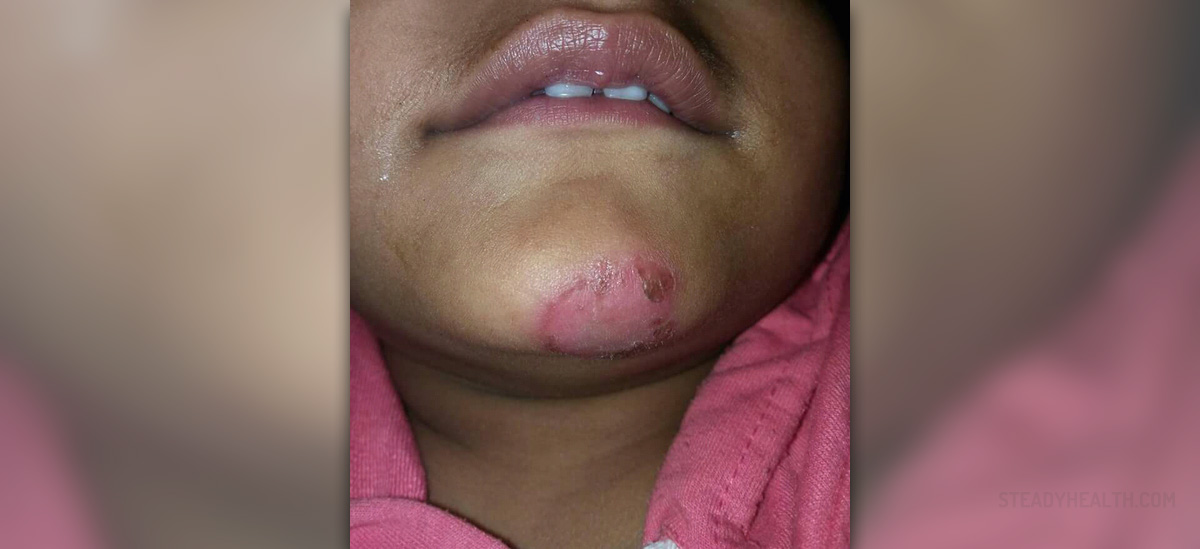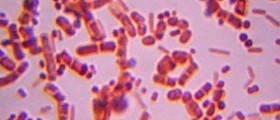
Staph Infection - Overview
Staph infection is an infection caused by Staphylococcus aureus, a Gram-positive bacterium. These bacteria represent normal bacterial flora in 25% of people and is found in the nose, mouth, on feet and genitalia and anal area. Once the skin is damaged by a cut the bacterium may enter the skin and cause infection. Initially the infection features with a small boil which if not treated properly may develop to even more serious conditions such as folliculitis and cellulitis. In some cases resistance of the bacterium to many antibiotics may lead to serious infection.
Dealing with a staph infection on the face carries both emotional and physical burden. The infection is rather contagious and requires proper treatment so that the bacteria can be fully eradicated, spread of the infection stopped, and potential complications prevented.
Presentation of Staph Infection on Face
Staph infection on face may develop in a form of boils, folliculitis and cellulitis.
Boils represent large and painful lumps. They affect only the skin, are initially red in color and once the puss starts to form inside the boil it becomes white or yellowish. The collection of puss leads to enlargement of boils and they eventually rupture allowing the puss to drain. Boils are rather common medical condition and they may heal spontaneously after the rupture and drainage of the puss. In some cases they are treated with antibiotics and surgical opening which provides with adequate draining of the collected puss.
Stye is another form of staph infection on the face. It affects the base of an eyelash. Styes can be very painful and may withdraw spontaneously or with the assistance of specific topical creams which accelerate the process of healing and alleviate the accompanying symptoms.
Folliculitis represents inflammation of one or more follicles and it is mostly caused by Staphylococcus aureus. In folliculitis the bacteria enter the skin and cause infection after the skin has been damaged by friction from clothing, an insect bite or blockage of the follicle. Folliculitis on the face may also affect men since they may cut themselves while shaving allowing the bacteria to enter the skin and cause infection.
Cellulitis is another form of staph infection on the face. This is a rather serious infection which apart from skin affects underlying soft tissues. Cellulitis features with diffuse inflammation of the skin and subcutaneous tissues. The affected area is red and swollen and accompanied by rather intensive pain. Cellulitis may be accompanied by fever.
The patients suffering from all the previously mentioned conditions require suitable antibiotics. Antibiotics may not be required in case of simple boils which drain spontaneously. However, complex boils, folliculitis and especially cellulitis must be treated with adequate antibiotics. If left untreated all the previously mentioned infections may cause serious complications.

















Your thoughts on this
Loading...